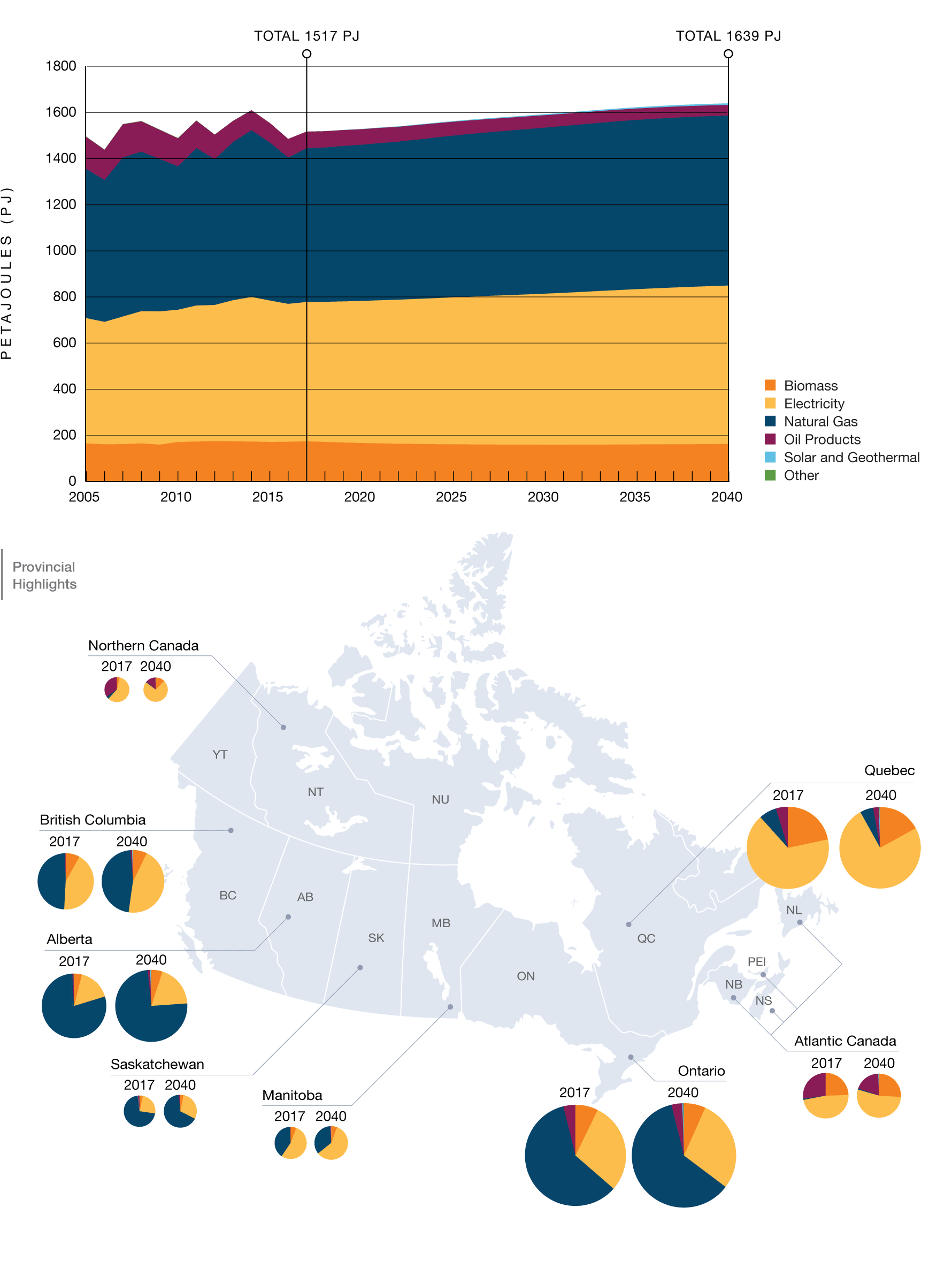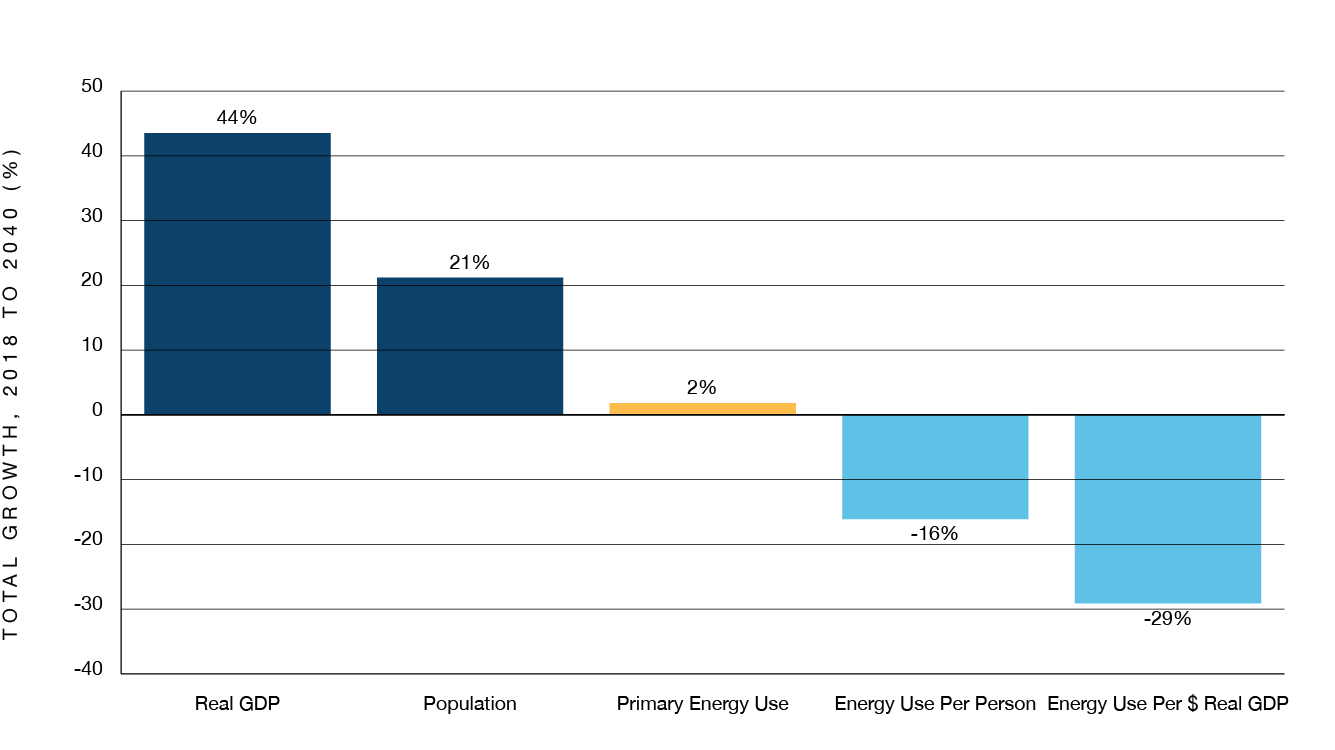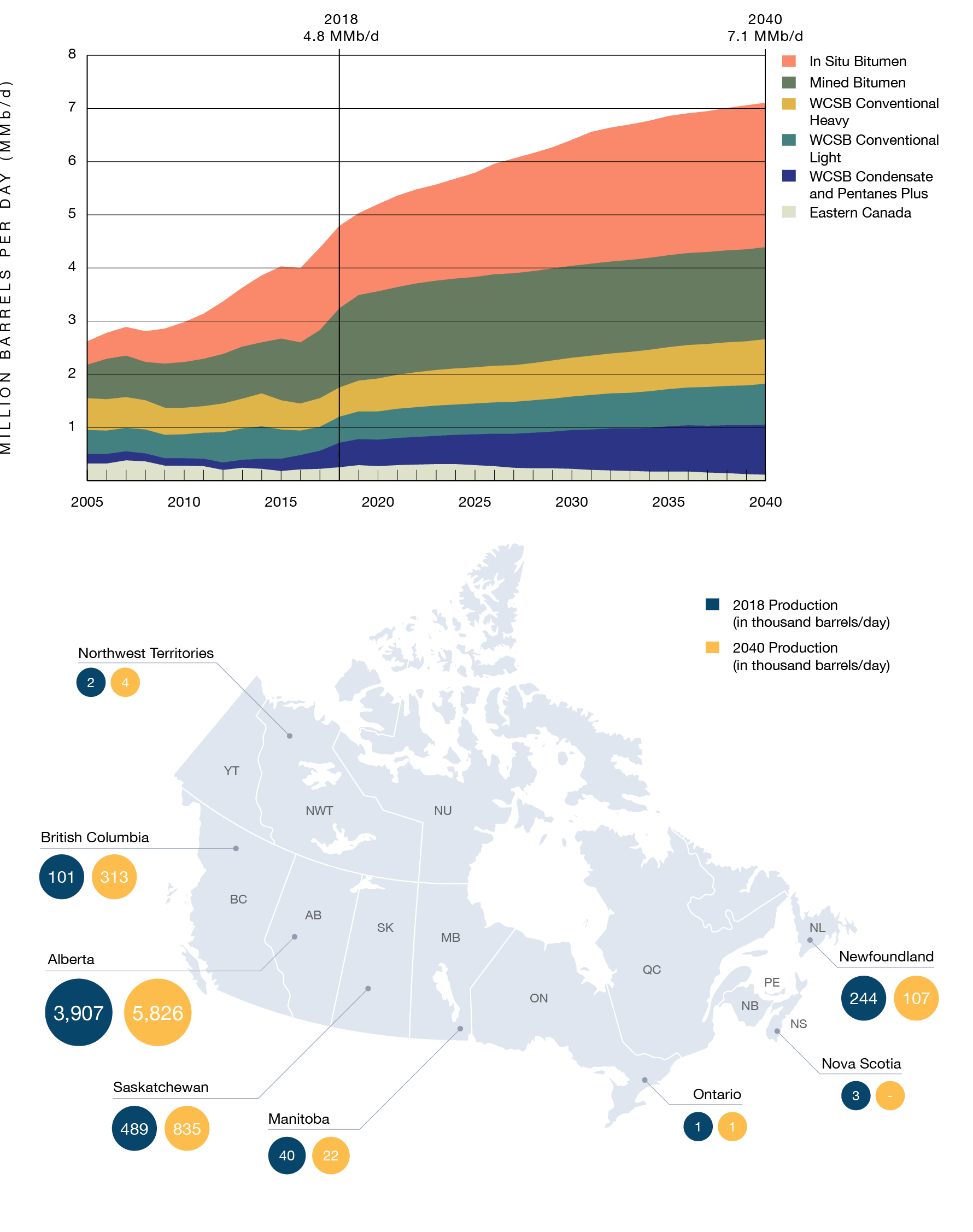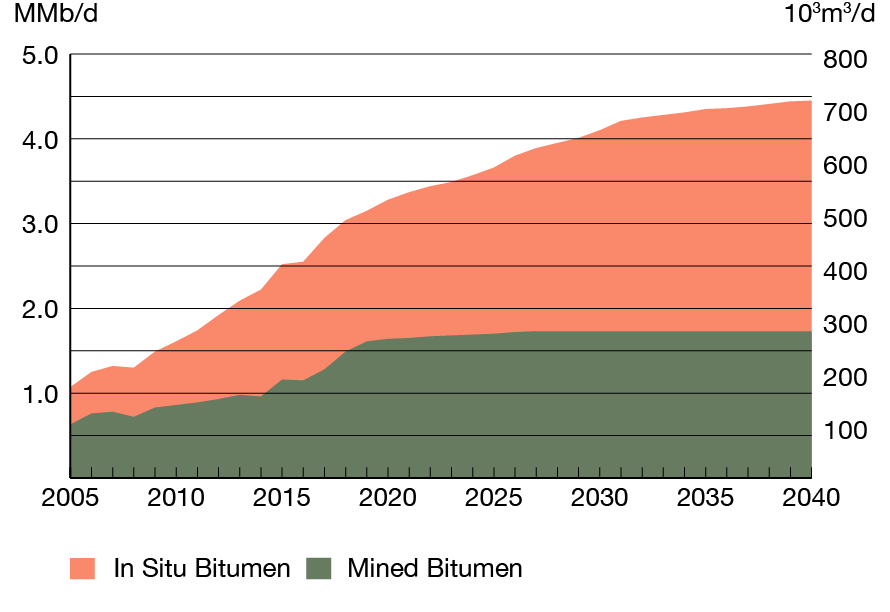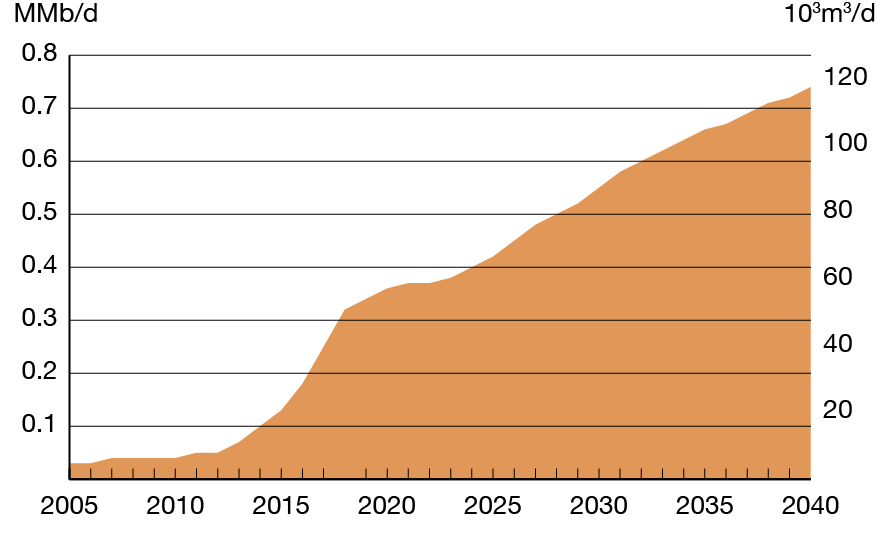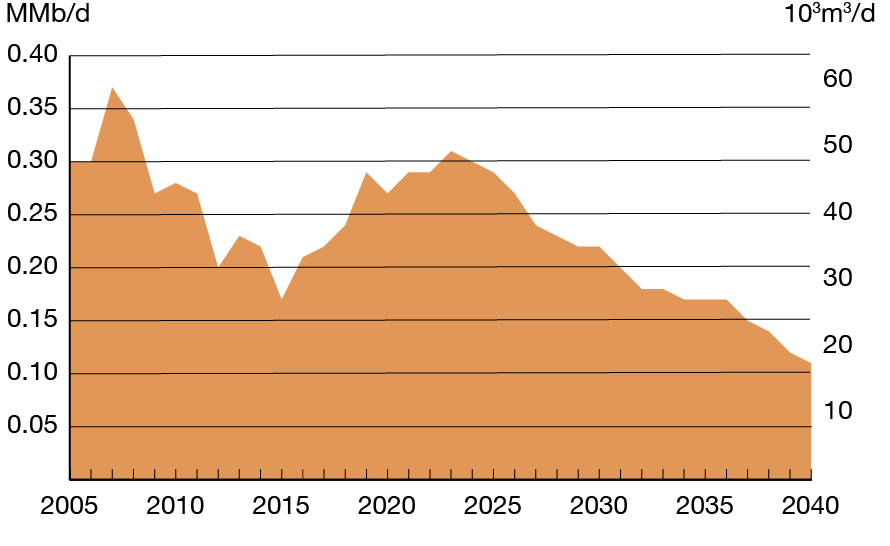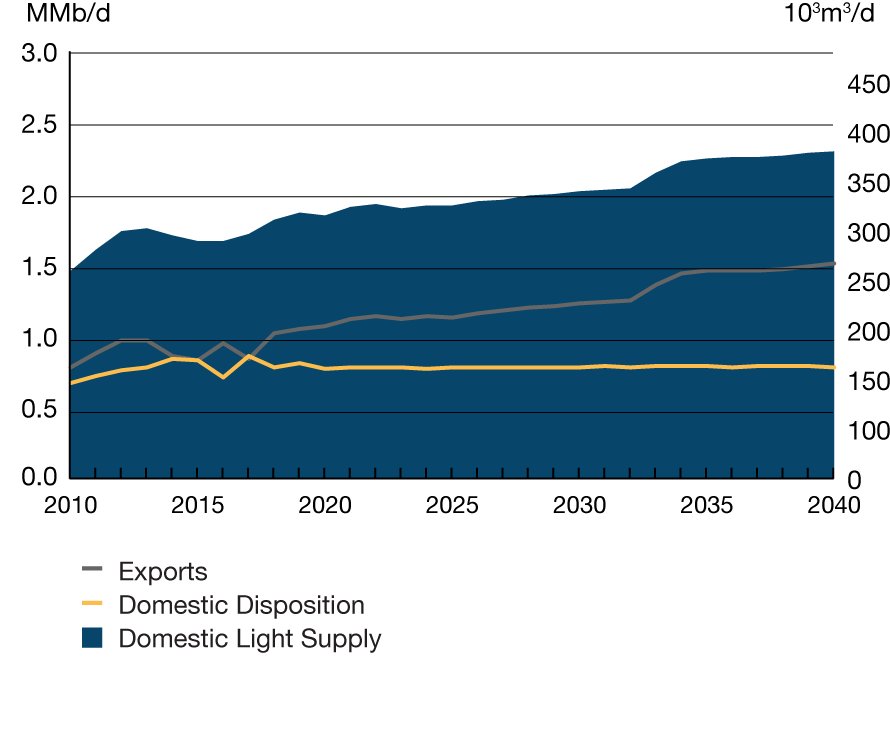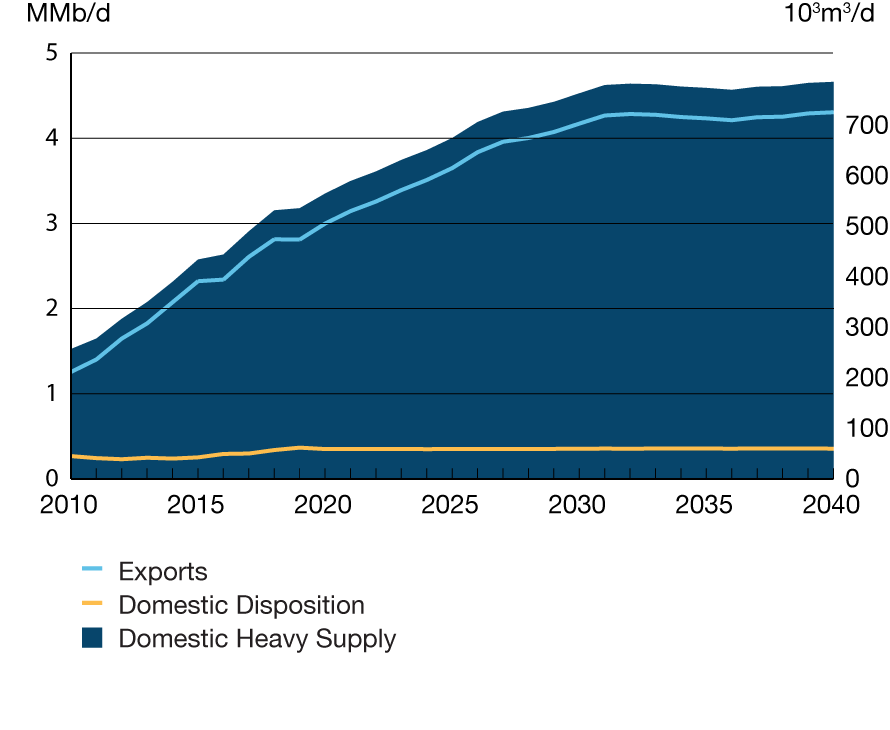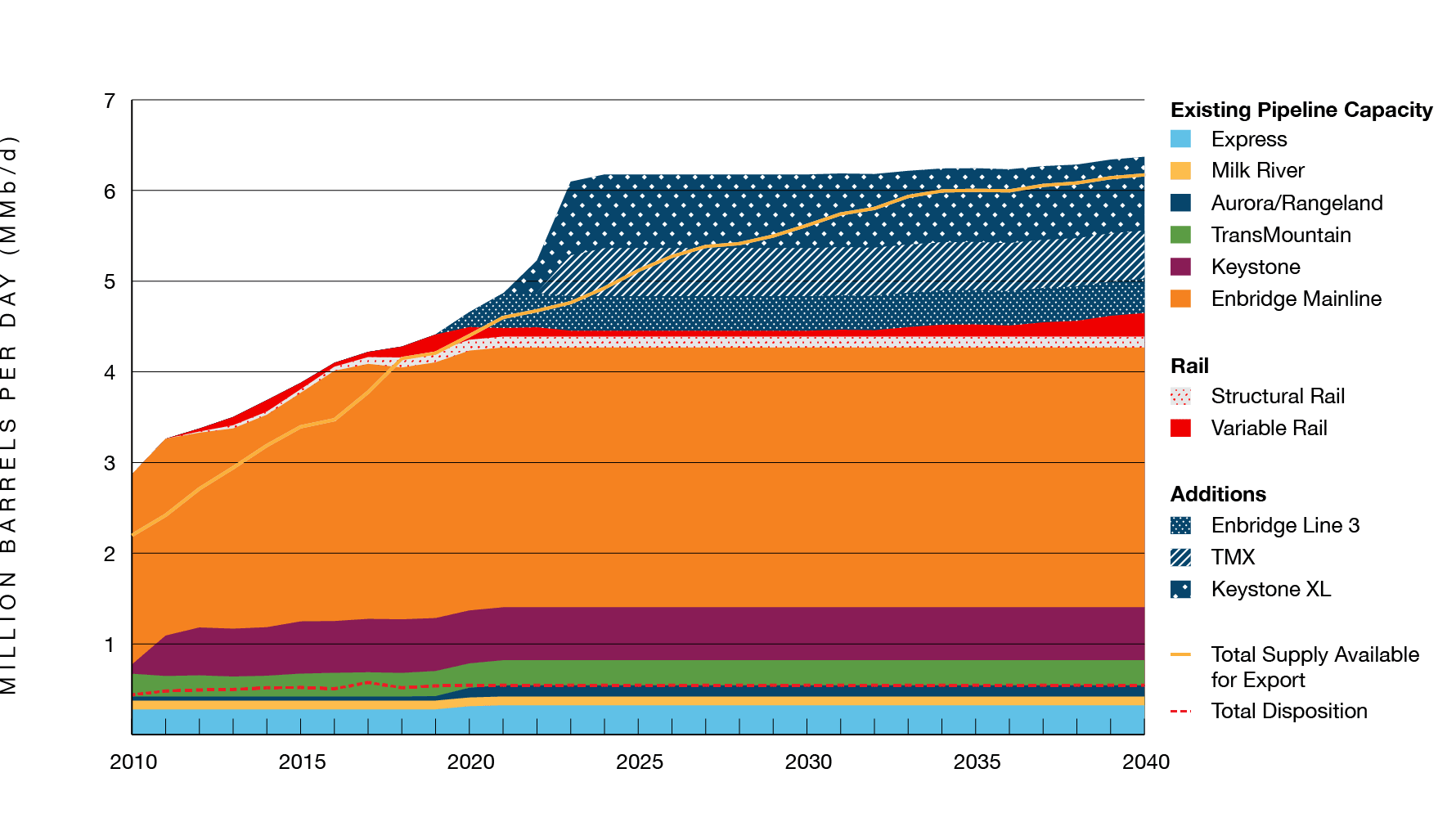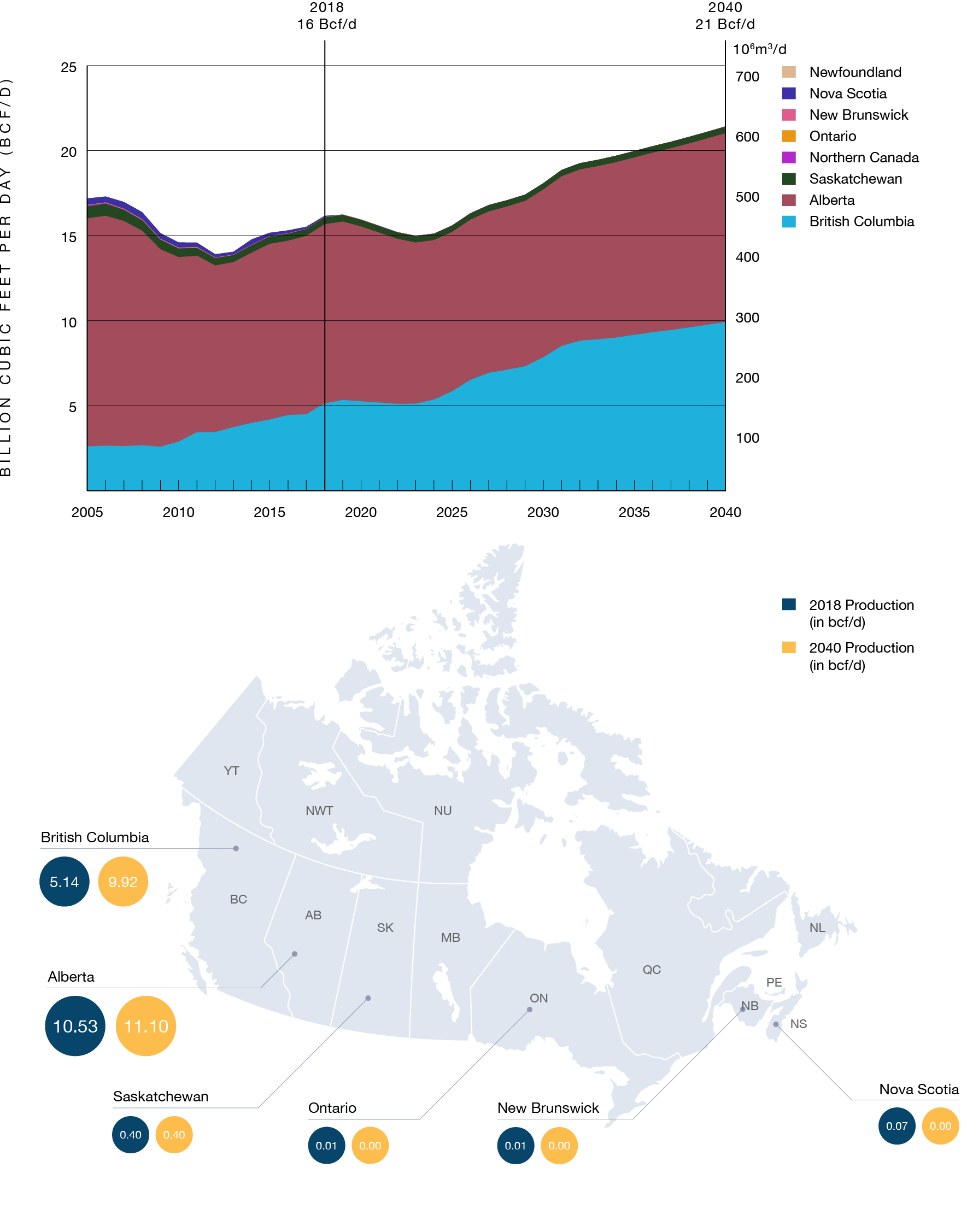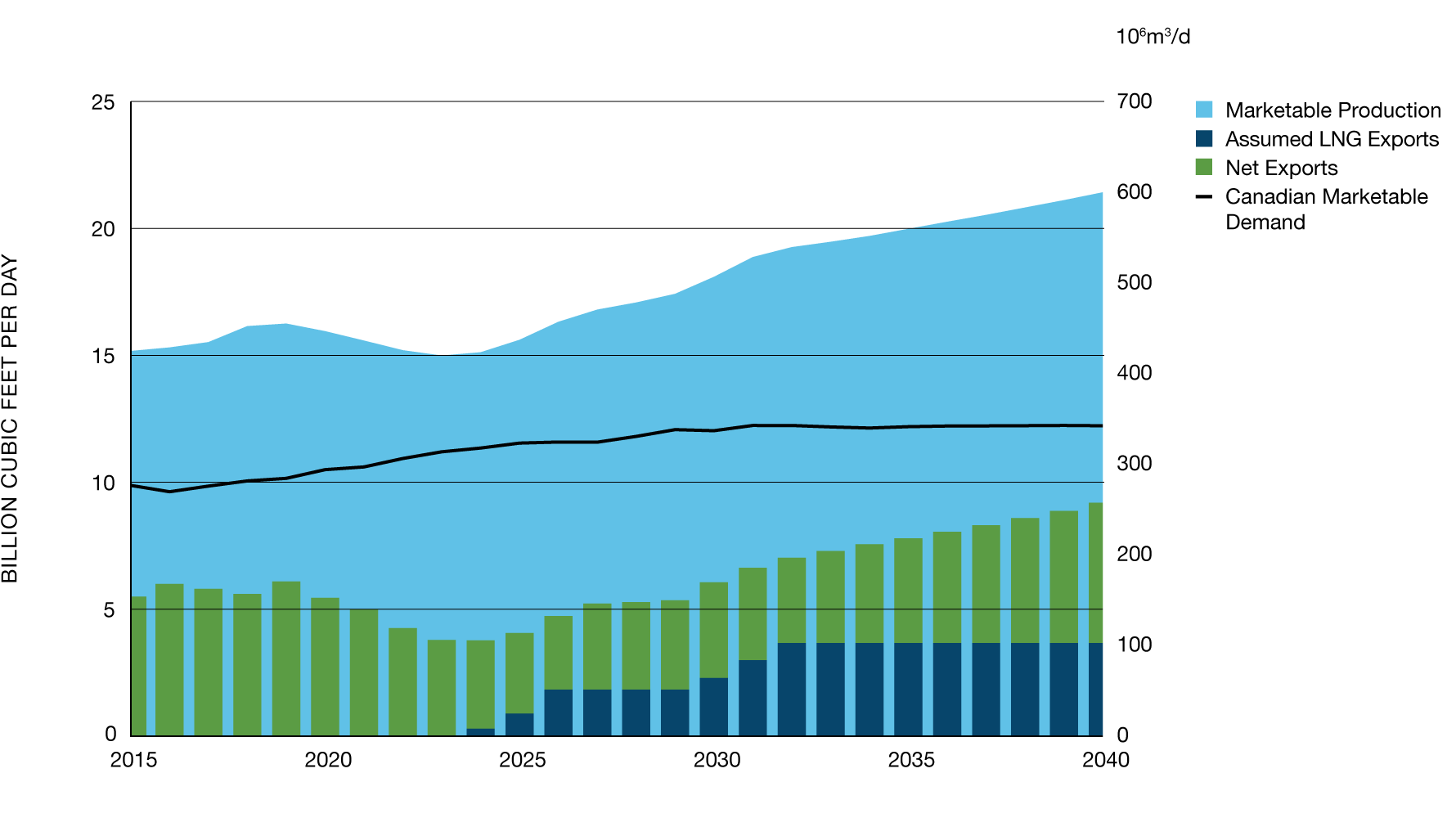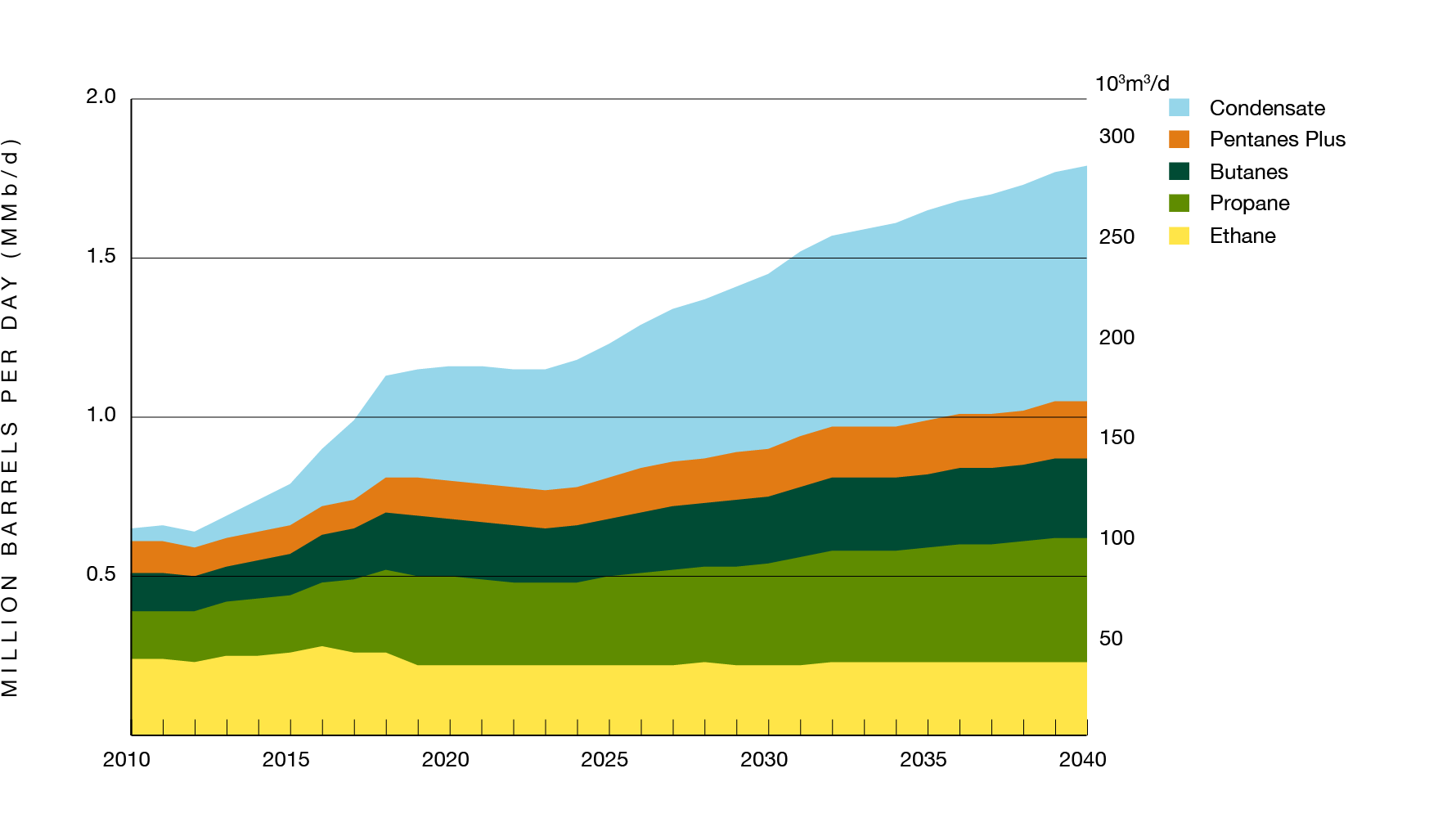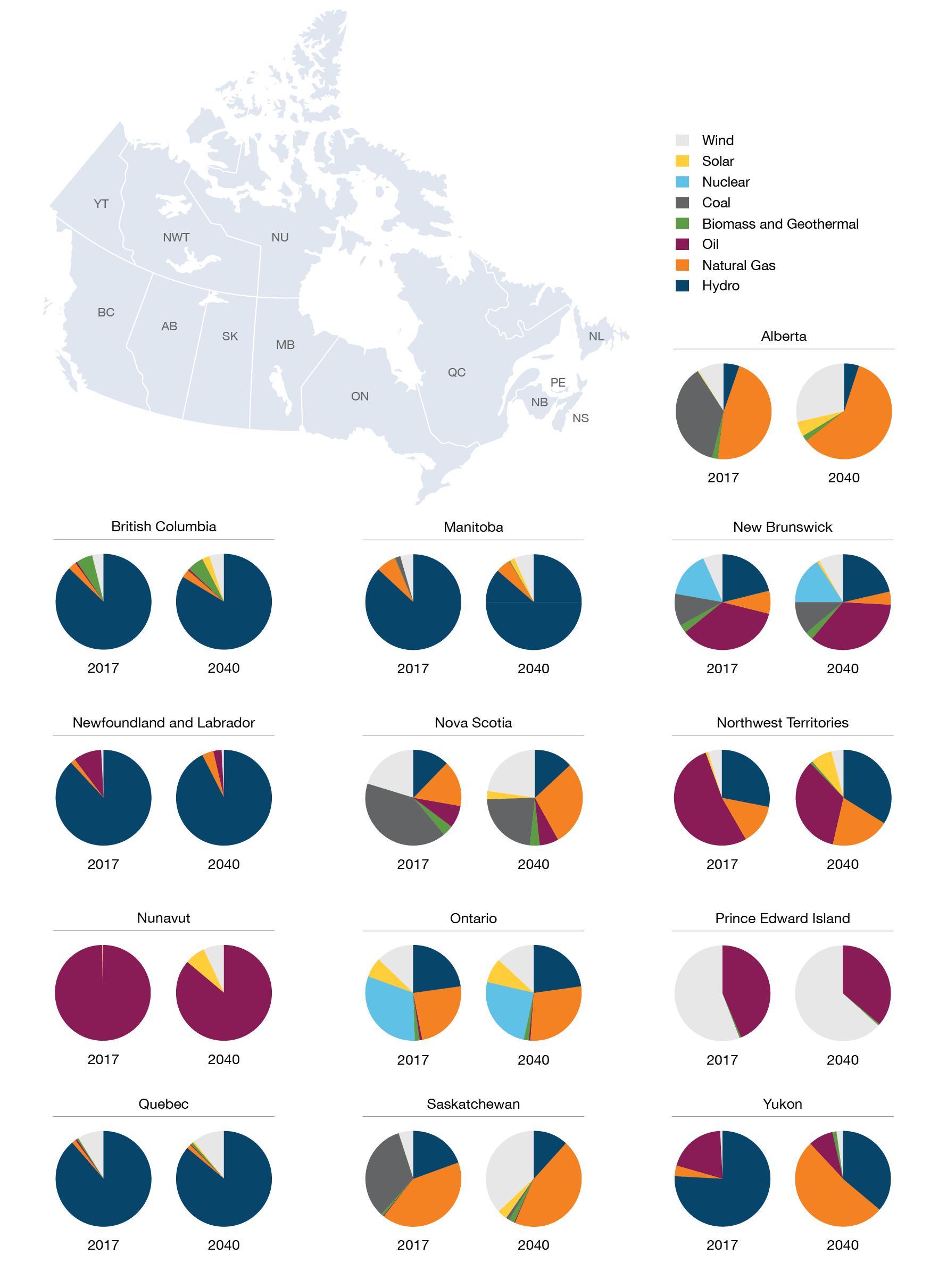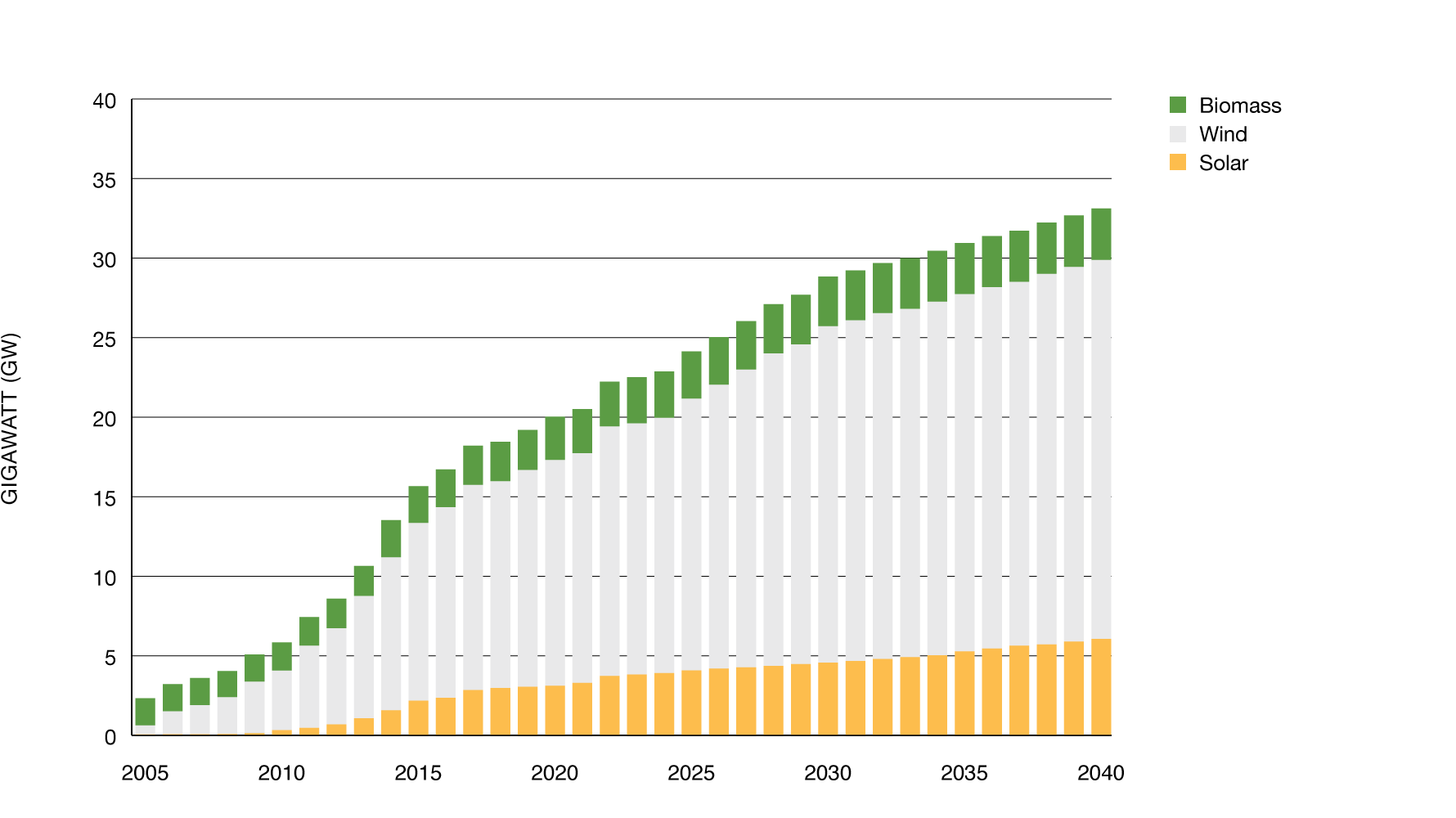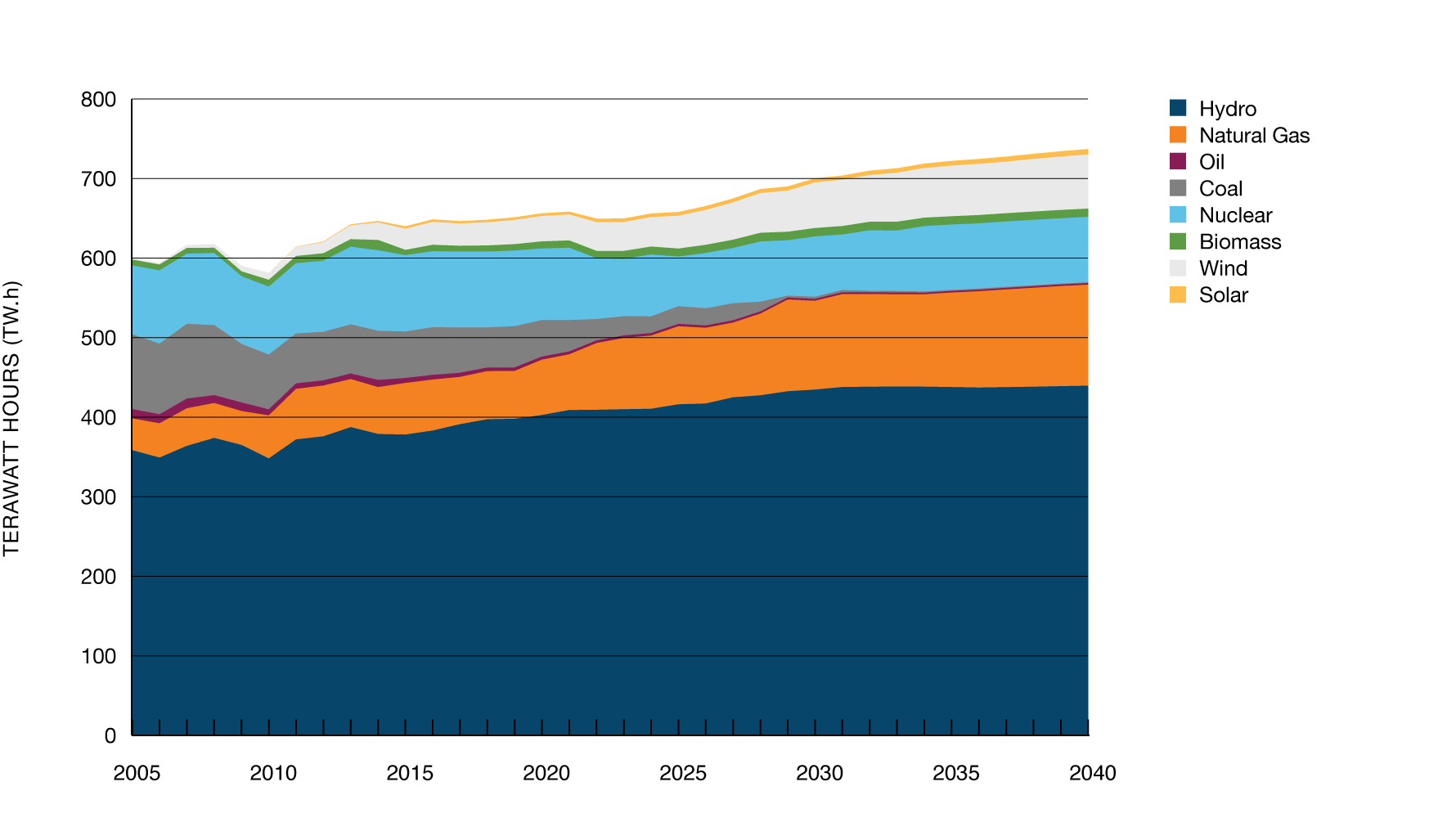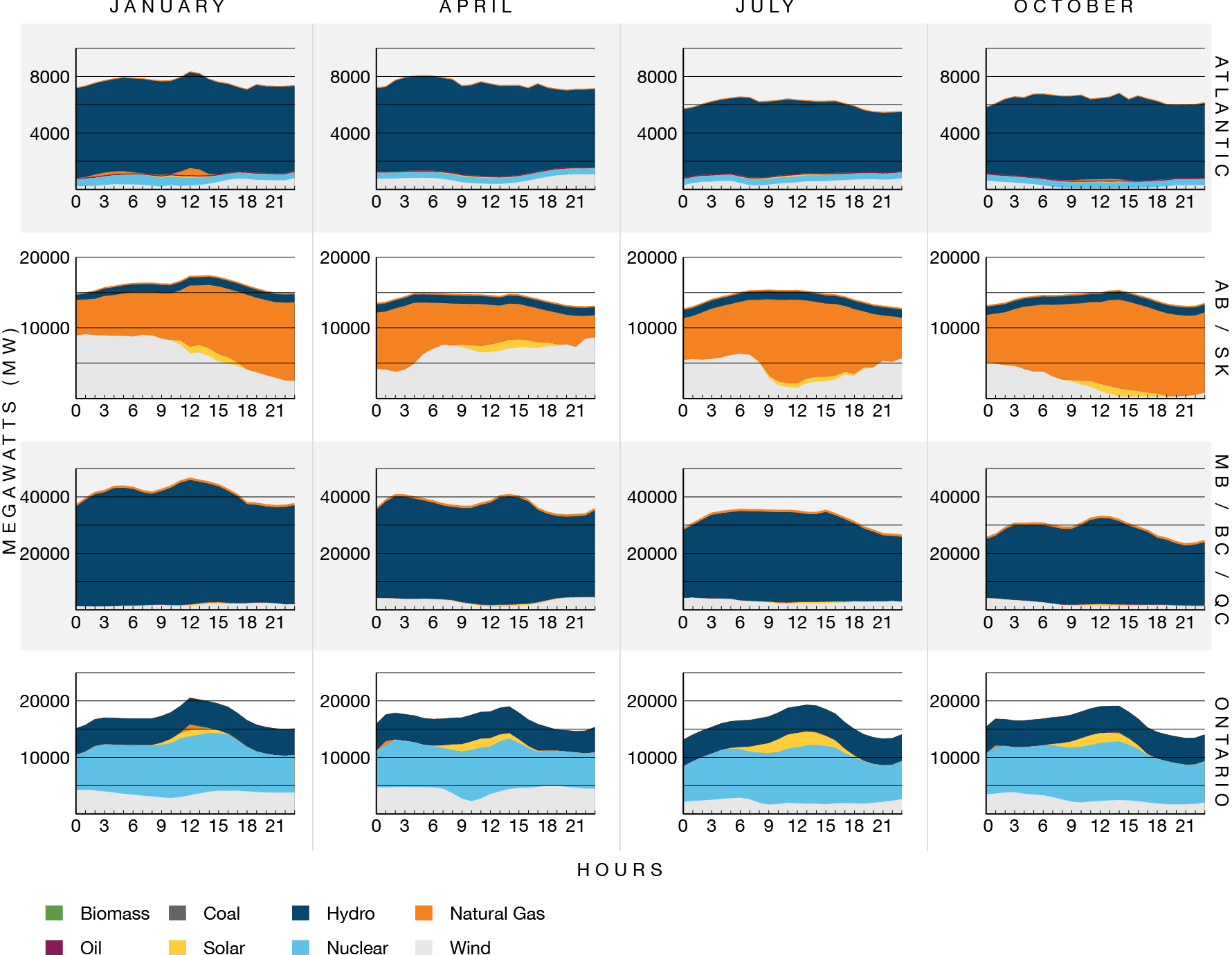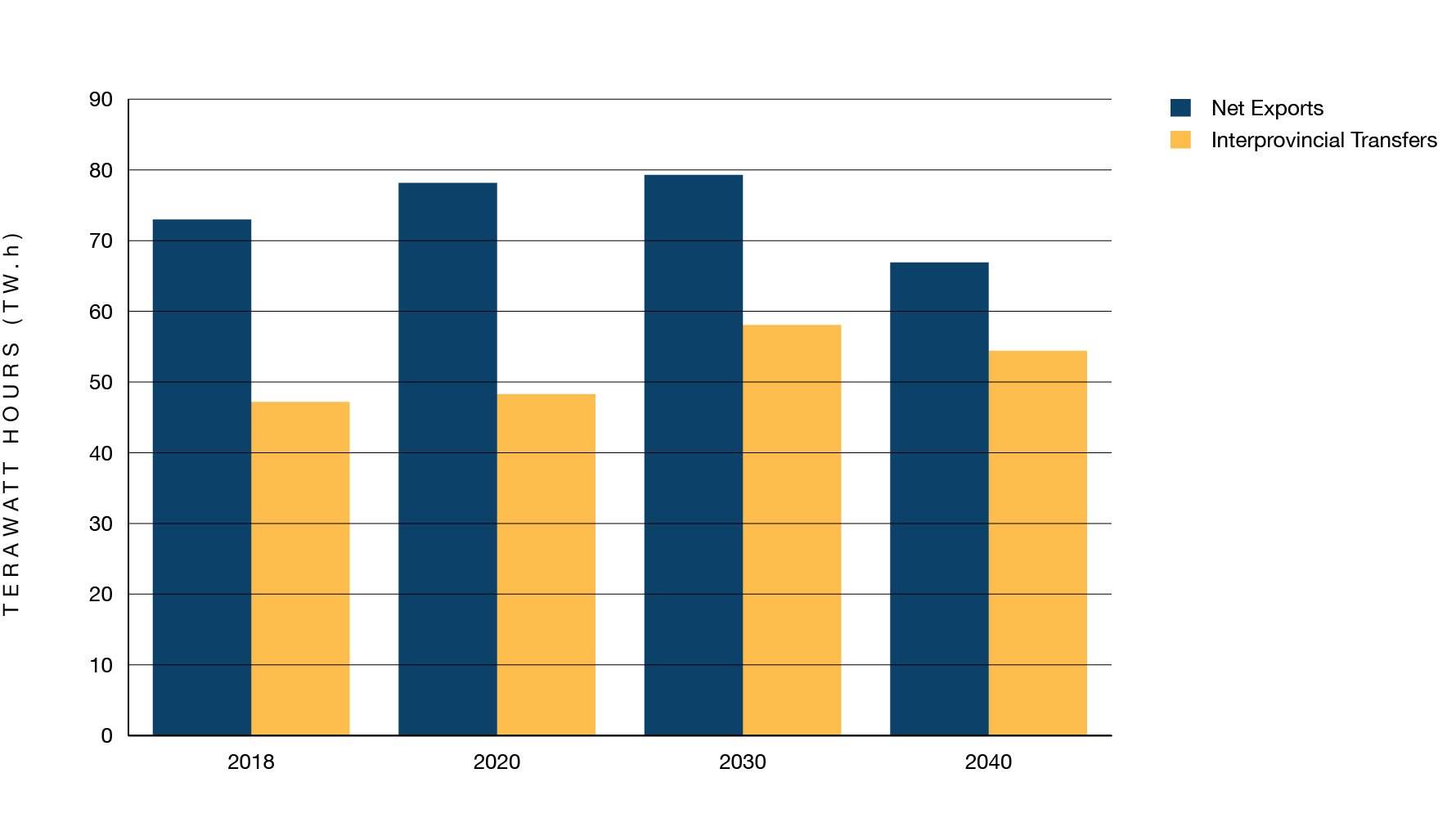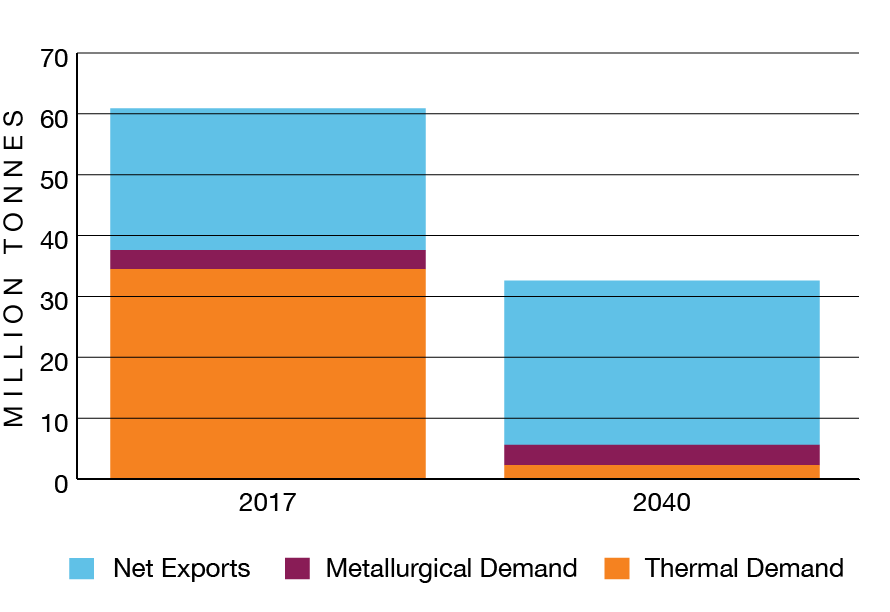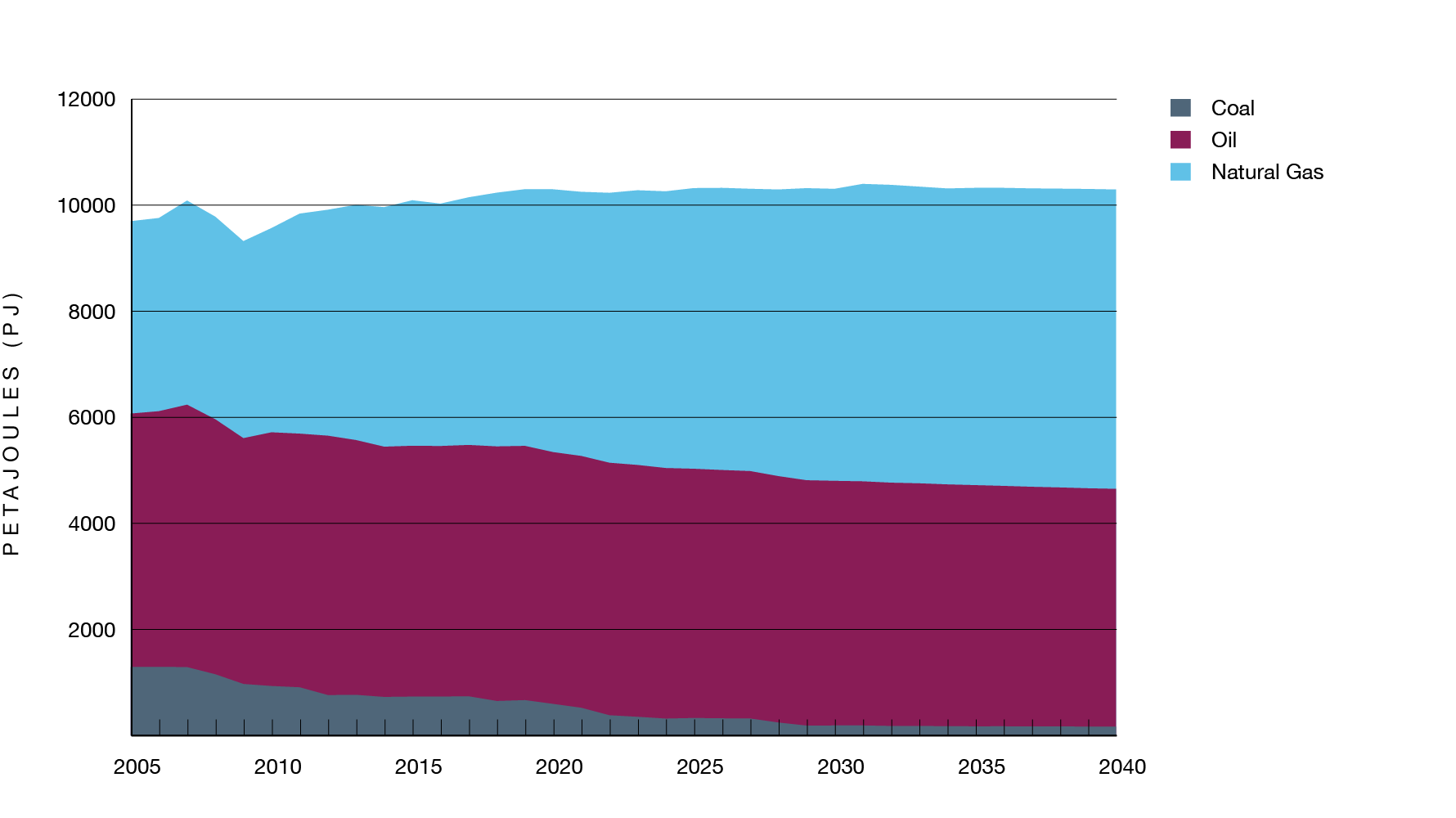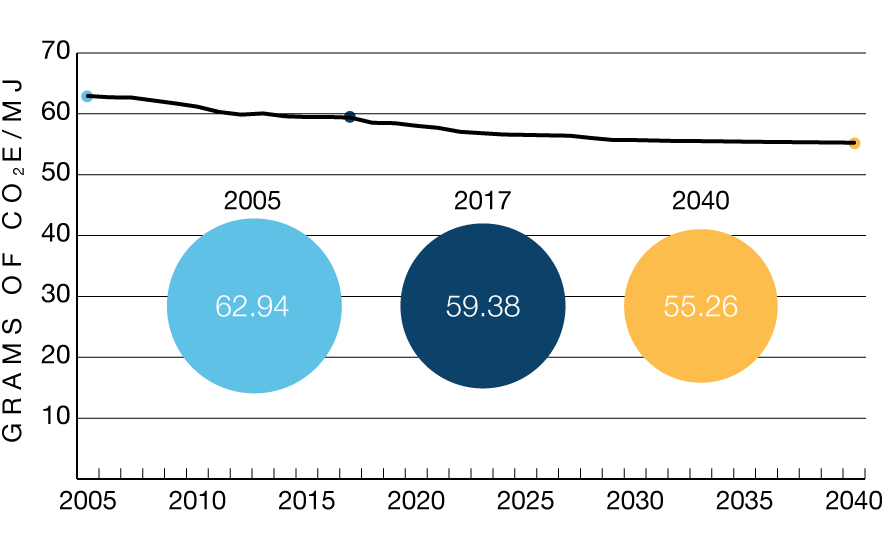Results
This page has been archived on the Web
Information identified as archived is provided for reference, research or recordkeeping purposes. It is not subject to the Government of Canada Web Standards and has not been altered or updated since it was archived. Please contact us to request a format other than those available.
This section presents results of the EF2019 Reference Case projection. This projection should not be viewed as a prediction, but as a possible future based on the assumptions described in the Assumptions section. It is important to note that although these figures only show the results from one projection, there are many factors and uncertainties that will influence future trends. Key uncertainties are included for each section.
For a description of the various ways to access the data supporting this discussion, see the Access and Explore Energy Futures Data section later in the report.

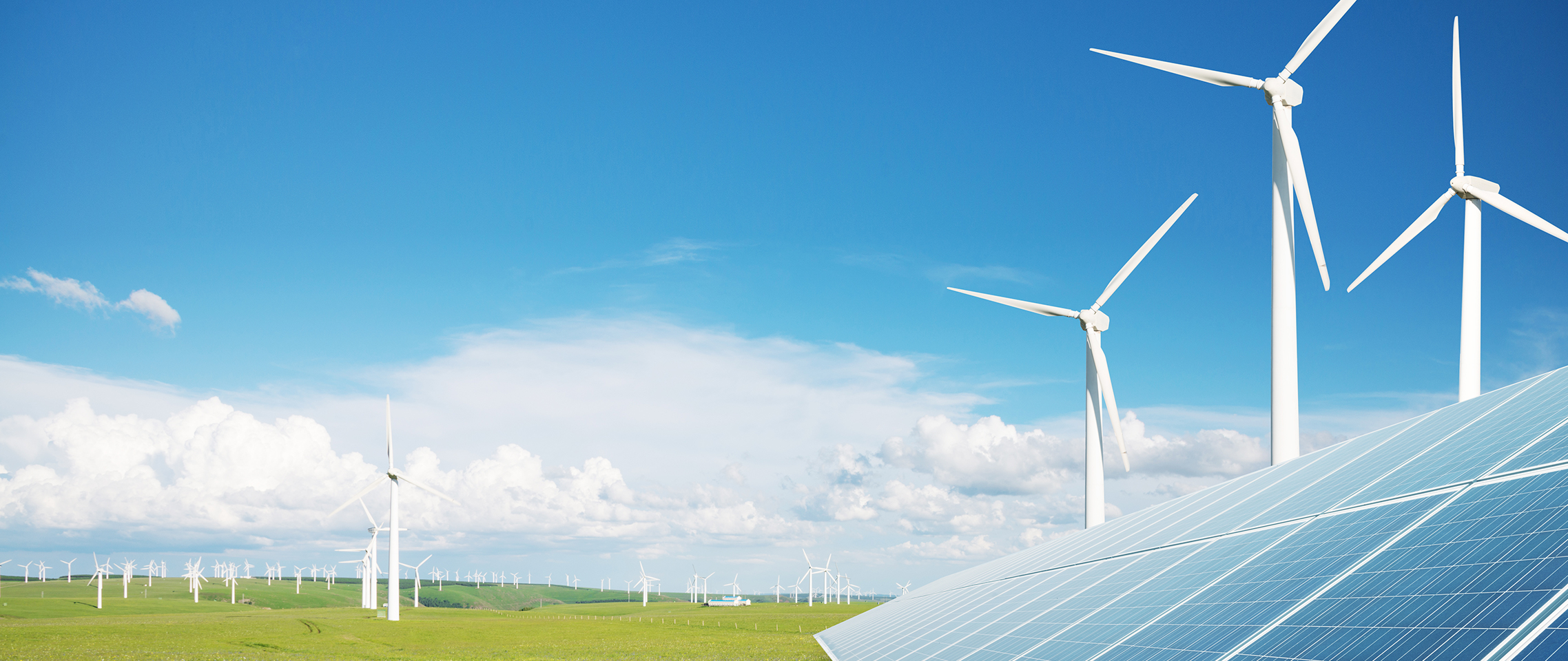

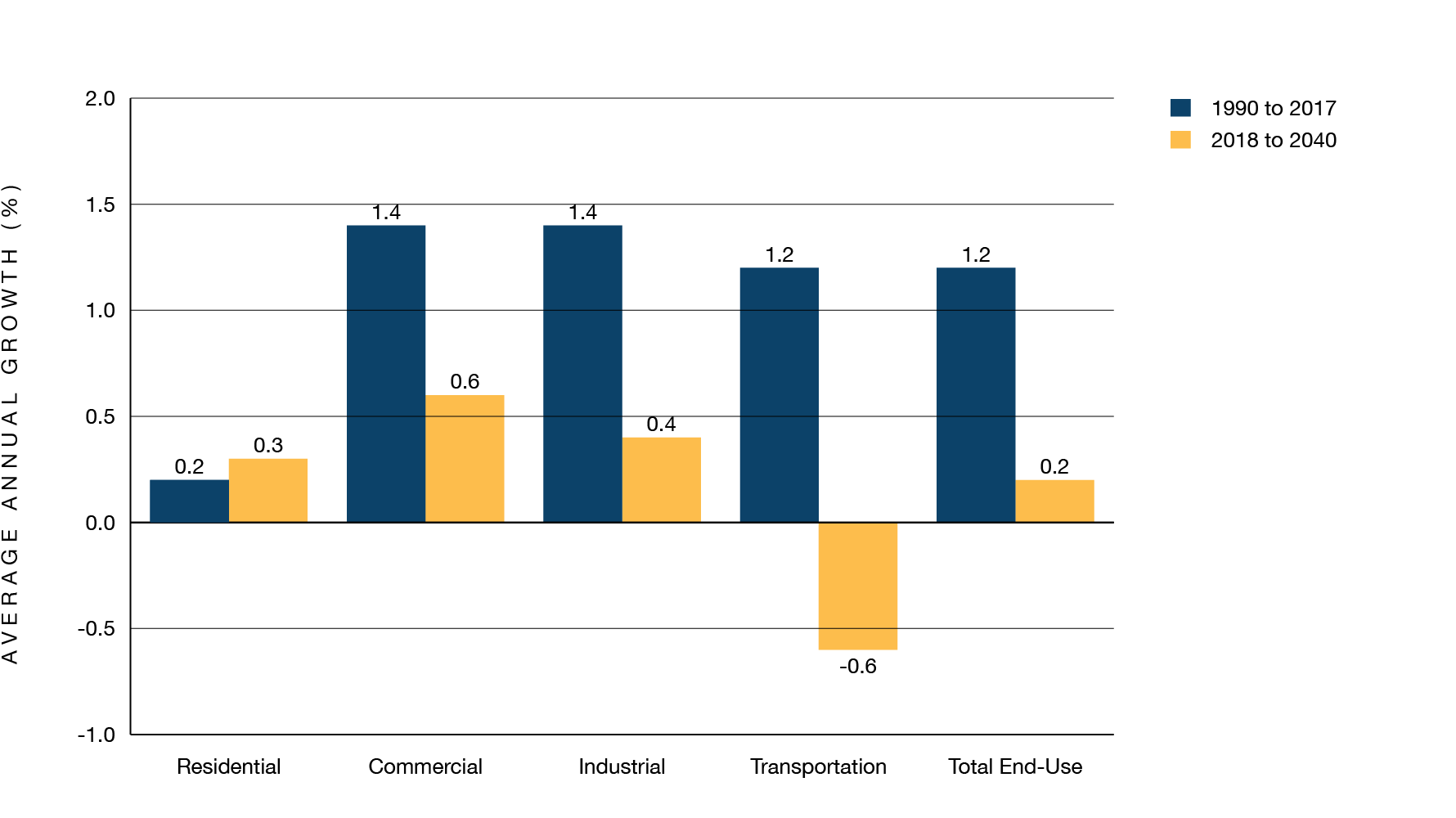
 Description
Description